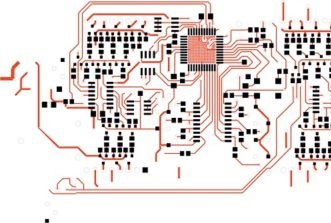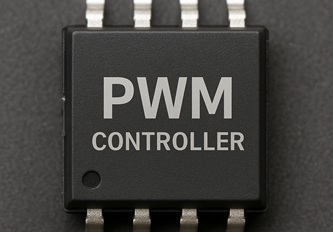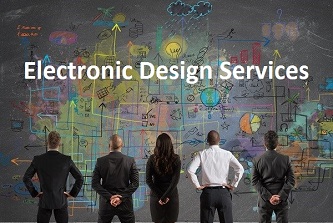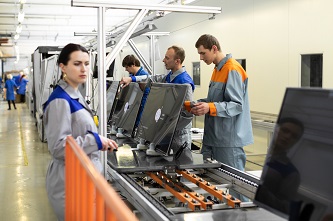This website uses cookies so that we can provide you with the best user experience possible. Cookie information is stored in your browser and performs functions such as recognising you when you return to our website and helping our team to understand which sections of the website you find most interesting and useful.
EPC and Innoscience Declare Victory in GaN Patent Battle
EPC recently announced that the International Trade Commission (ITC) has confirmed the validity of key EPC patents and found that one patent has been infringed by Innoscience. This development marks a significant milestone in the ongoing legal battle between the two companies.
In response to the ITC's initial determination, Innoscience (Zhuhai) Technology Co. Ltd., a prominent manufacturer of GaN-on-Si technology, stated that the 508 patent, which pertains to a method of forming an enhancement mode GaN transistor, was not found to be violated. However, the company acknowledged that it had infringed the '294 patent. Despite this, Innoscience argued that the validity of the '294 patent is questionable and is currently being challenged before the US Patent and Trademark Office (USPTO), with a decision expected in March 2025.
EPC emphasized that the China National Intellectual Property Administration (CNIPA) has validated EPC's corresponding patents in China. If the infringement of EPC's US patent is upheld, it could potentially result in a ban on the importation of Innoscience's infringing products into the United States. Alex Lidow, CEO and co-founder of EPC, expressed confidence in the strength of their patents, stating, "The ITC's finding that Innoscience uses our patented technology without authorization puts EPC in an enviable position, as U.S. and Chinese regulatory bodies have upheld the validity of our patents."
The final determination by the Commission is anticipated to be issued on November 5, 2024. In addition to the legal dispute with EPC, Innoscience is also embroiled in patent conflicts with Infineon in both the US and Europe, underscoring the complex and competitive landscape of the semiconductor industry.
As the legal proceedings unfold, industry observers are closely monitoring the outcomes of these patent disputes, which have broader implications for the future of GaN technology and intellectual property rights in the global market. Both EPC and Innoscience are expected to continue defending their respective positions vigorously as they navigate the complexities of international patent law and trade regulations.














